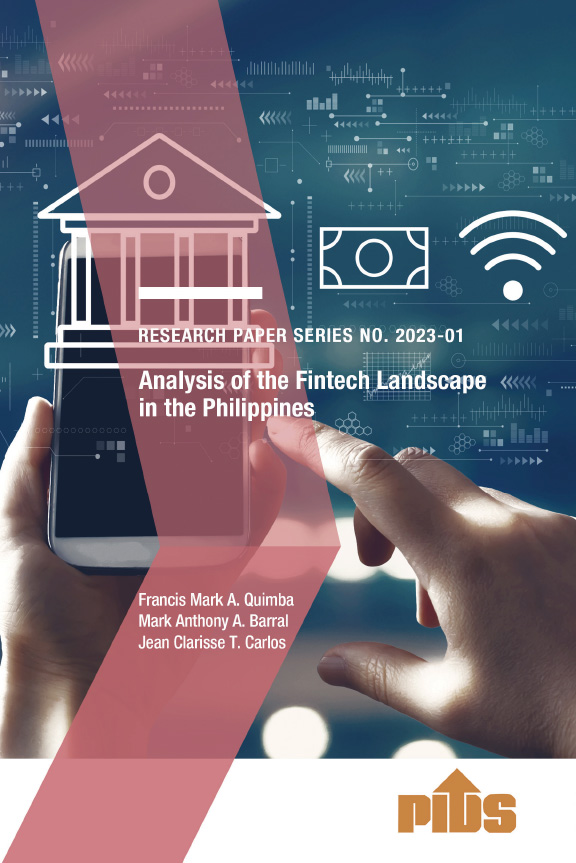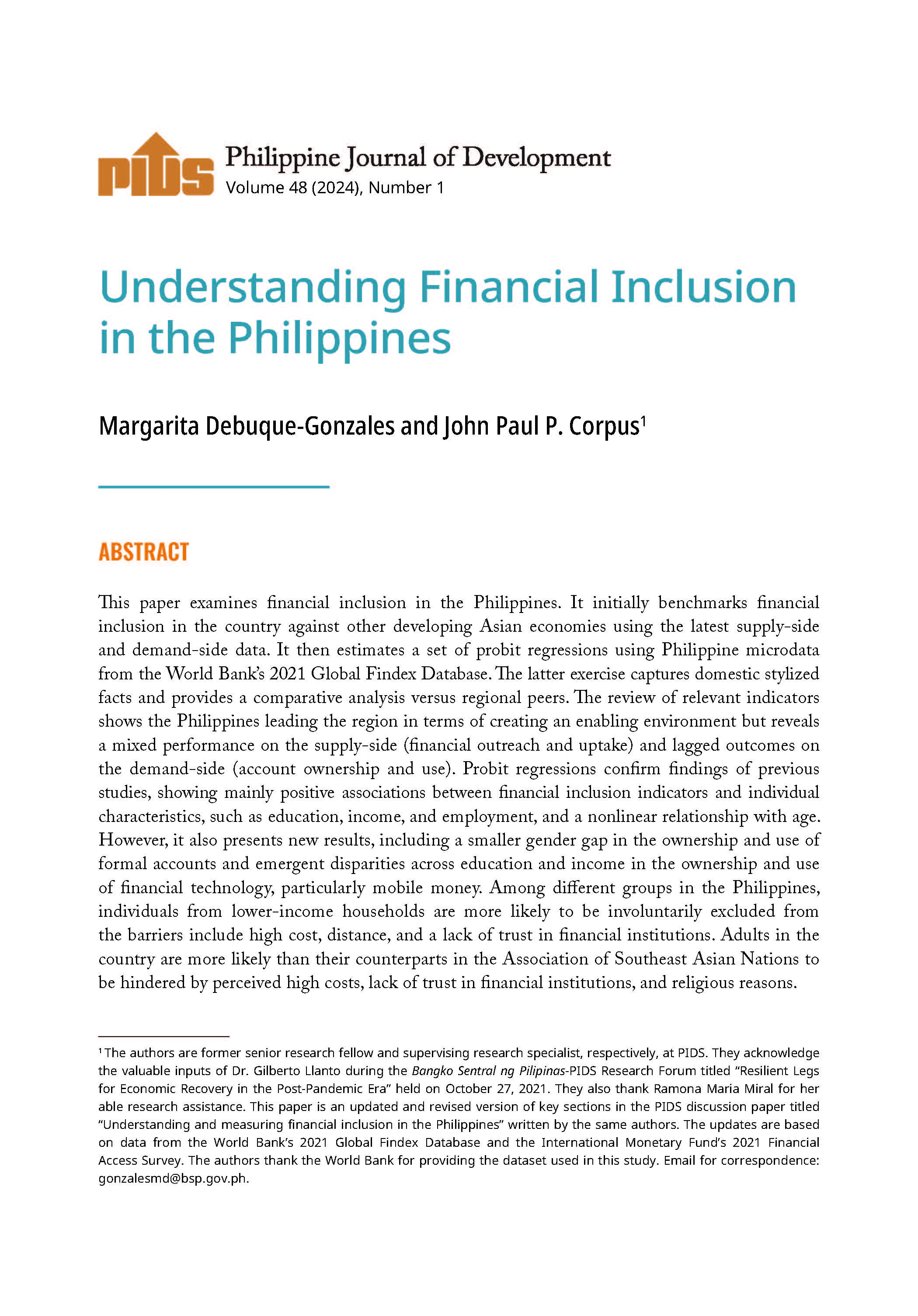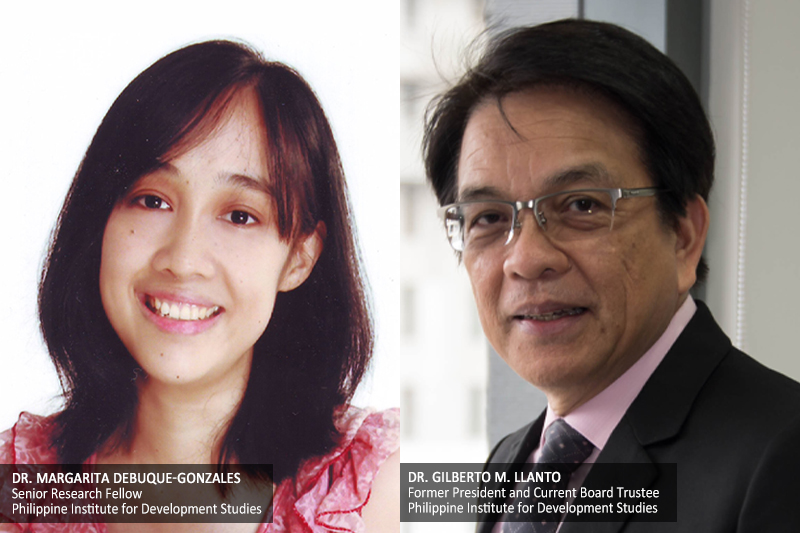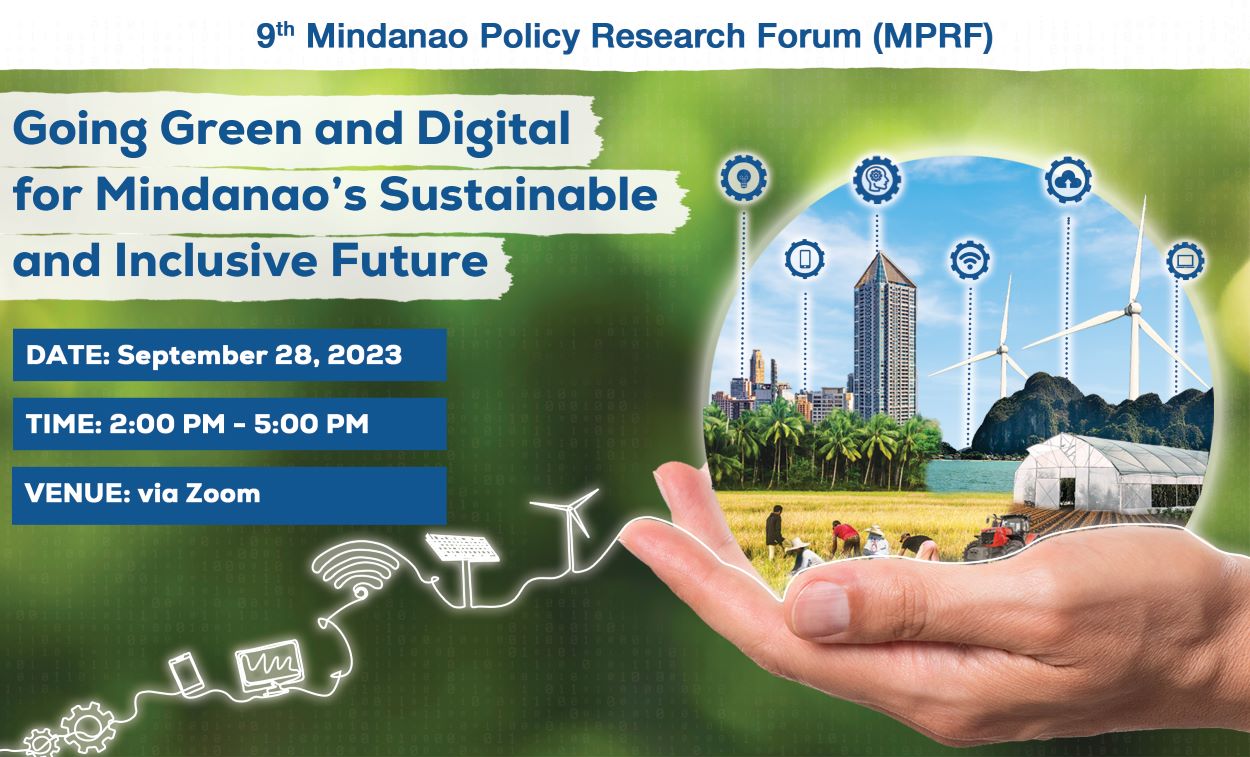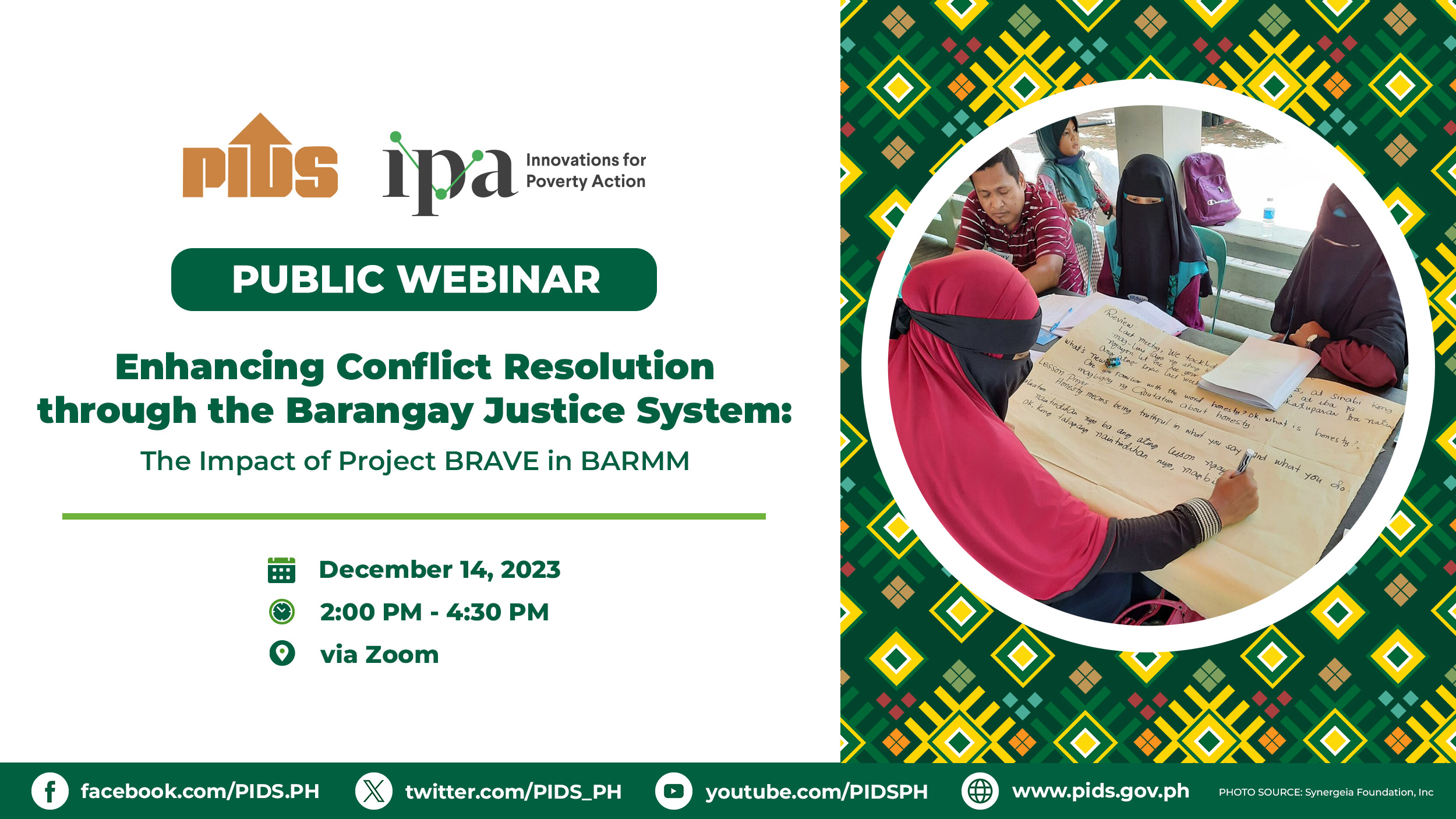Incoming Bangko Sentral ng Pilipinas (BSP) Governor Nestor Espenilla will take the helm of the BSP while our banking sector continues to perform well and enjoy renewed global confidence.
By the end of 2016, consolidated bank loans amounted to P7.4 billion, growing 19 percent from the year before. BSP data shows that by the end of November last year, the banking industry’s total assets increased by 12.4 percent, reaching P13.2 trillion. Deposits also reached an all-time high of P10.1 trillion.
Recently, BMI Research—a think tank under credit rating agency Fitch Group—kept its positive growth outlook for the Philippine banking sector, estimating that bank lending could increase by 17 percent this year. Up to six foreign banks are looking to set up shop in the Philippines, in addition to the nine the BSP has already approved since the banking sector was opened to foreign participation in 2014.
Two major developments in the financial sector have also taken place in the last year. Last December, 2016, the BSP finally launched the Personal Equity Retirement Account (PERA), a scheme to mobilize working people’s savings more effectively and voluntarily for their retirement. Last month, the Credit Information Corporation (CIC) formally launched the country’s unified credit information system, which could help lower transaction costs and expand access to credit. We are confident that these twin initiatives of mobilizing people’s savings and easing their access to credit will be pushed successfully under Governor Espenilla.
Governor Espenilla, in a recent press conference, vowed he will build on the policies of his predecessor, Amando Tetangco Jr. He characterized his plans as “continuity, plus, plus” geared to making our financial system (1) more efficient and responsive to the growing needs of the economy, and (2) more inclusive so that “no one gets left behind.
The second program—financial inclusion—is to me, crucial. The Philippines remains largely unbanked. According to the BSP’s 2015 financial inclusion survey, only 14 percent of Filipino households maintain a deposit account (as compared to 86 percent without one). While a little more than 4 out of 10 Filipinos (43.2 percent) save for a rainy day, nearly 7 out of 10 (68.3 percent) keep their savings hidden away at home in unsecured places—hence, dormant and unproductive. Two out of 10 Filipinos have never even saved a centavo in their life.
Small and medium enterprises (SMEs) are similarly unbanked, explaining why this sector accounted for only 35 percent of GDP in 2014, despite representing more than 99 percent of all businesses in the Philippines and employing up to 65 percent of the labor force.
A 2012 Philippine Institute of Development Studies (PIDS) summary of various surveys on SME financing conducted from 1992 to 2006 found that of all the respondent-firms, up to 73 percent relied on their own resources for initial funding. Only 19 percent used bank loans, and up to 28 percent used informal credit.
A 2015 ADB report noted that across Asia-Pacific, banks remain reluctant to fund SMEs. This is tragically true in the Philippines, where SME loans were equivalent to only 3.1 percent of GDP—the second lowest in the ASEAN region, next to Myanmar’s 0.1 percent. In fact, a 2015 Deloitte-Visa report found that while total bank loans to SMEs in Thailand amounted to US$171 billion in 2014, it was a mere US$9 billion for SMEs in the Philippines.
To be sure, the Philippines has been lauded being the first in the world to create a separate unit devoted to promoting financial inclusion—the Inclusive Finance Advocacy Staff (IFAS) in the BSP. In fact, a 2014 Economist Intelligence Unit (EIU) report ranked us 3rd in the world (out of 54 countries) and 1st in Asia for having a regulatory environment conducive to “financial inclusion.” The theory is there, but the practice is dismal.
Certainly, BSP leadership is necessary. Next time, we’ll try to examine why Philippine banks and financial institutions fail spectacularly the Filipino small entrepreneurs and savers. That anti-small bias partly explains the indecent gap between the few who are very rich and the poor who are in the millions.
Email: angara.ed@gmail.com| Facebook & Twitter: @edangara
By the end of 2016, consolidated bank loans amounted to P7.4 billion, growing 19 percent from the year before. BSP data shows that by the end of November last year, the banking industry’s total assets increased by 12.4 percent, reaching P13.2 trillion. Deposits also reached an all-time high of P10.1 trillion.
Recently, BMI Research—a think tank under credit rating agency Fitch Group—kept its positive growth outlook for the Philippine banking sector, estimating that bank lending could increase by 17 percent this year. Up to six foreign banks are looking to set up shop in the Philippines, in addition to the nine the BSP has already approved since the banking sector was opened to foreign participation in 2014.
Two major developments in the financial sector have also taken place in the last year. Last December, 2016, the BSP finally launched the Personal Equity Retirement Account (PERA), a scheme to mobilize working people’s savings more effectively and voluntarily for their retirement. Last month, the Credit Information Corporation (CIC) formally launched the country’s unified credit information system, which could help lower transaction costs and expand access to credit. We are confident that these twin initiatives of mobilizing people’s savings and easing their access to credit will be pushed successfully under Governor Espenilla.
Governor Espenilla, in a recent press conference, vowed he will build on the policies of his predecessor, Amando Tetangco Jr. He characterized his plans as “continuity, plus, plus” geared to making our financial system (1) more efficient and responsive to the growing needs of the economy, and (2) more inclusive so that “no one gets left behind.
The second program—financial inclusion—is to me, crucial. The Philippines remains largely unbanked. According to the BSP’s 2015 financial inclusion survey, only 14 percent of Filipino households maintain a deposit account (as compared to 86 percent without one). While a little more than 4 out of 10 Filipinos (43.2 percent) save for a rainy day, nearly 7 out of 10 (68.3 percent) keep their savings hidden away at home in unsecured places—hence, dormant and unproductive. Two out of 10 Filipinos have never even saved a centavo in their life.
Small and medium enterprises (SMEs) are similarly unbanked, explaining why this sector accounted for only 35 percent of GDP in 2014, despite representing more than 99 percent of all businesses in the Philippines and employing up to 65 percent of the labor force.
A 2012 Philippine Institute of Development Studies (PIDS) summary of various surveys on SME financing conducted from 1992 to 2006 found that of all the respondent-firms, up to 73 percent relied on their own resources for initial funding. Only 19 percent used bank loans, and up to 28 percent used informal credit.
A 2015 ADB report noted that across Asia-Pacific, banks remain reluctant to fund SMEs. This is tragically true in the Philippines, where SME loans were equivalent to only 3.1 percent of GDP—the second lowest in the ASEAN region, next to Myanmar’s 0.1 percent. In fact, a 2015 Deloitte-Visa report found that while total bank loans to SMEs in Thailand amounted to US$171 billion in 2014, it was a mere US$9 billion for SMEs in the Philippines.
To be sure, the Philippines has been lauded being the first in the world to create a separate unit devoted to promoting financial inclusion—the Inclusive Finance Advocacy Staff (IFAS) in the BSP. In fact, a 2014 Economist Intelligence Unit (EIU) report ranked us 3rd in the world (out of 54 countries) and 1st in Asia for having a regulatory environment conducive to “financial inclusion.” The theory is there, but the practice is dismal.
Certainly, BSP leadership is necessary. Next time, we’ll try to examine why Philippine banks and financial institutions fail spectacularly the Filipino small entrepreneurs and savers. That anti-small bias partly explains the indecent gap between the few who are very rich and the poor who are in the millions.
Email: angara.ed@gmail.com| Facebook & Twitter: @edangara

